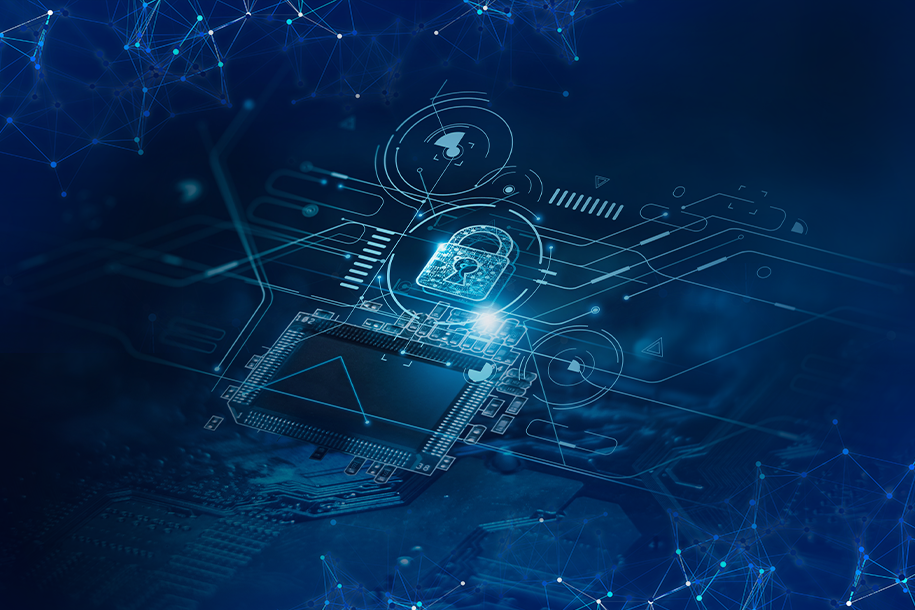What is Biometric Identification?
Biometric identification is the process of verifying an individual’s identity based on unique biological or behavioral characteristics. Unlike traditional methods such as passwords, PINs, or identification cards, biometric systems use physical or behavioral traits that are unique to each person. These traits can include fingerprints, facial structure, voice patterns, iris patterns, and even gait.
Biometric identification works by capturing and storing an individual’s biometric data and then comparing it against stored records to confirm their identity. This technology is increasingly used in various fields, including banking, healthcare, law enforcement, and personal device security, due to its accuracy, reliability, and convenience.
Why is Biometric Identification Important?
The importance of biometric identification lies in its ability to provide secure, efficient, and user-friendly solutions to identity verification challenges. Here’s why it matters:
Enhanced Security:
Biometric systems significantly reduce the risk of identity theft and fraud because biometric traits are unique to each person and difficult to replicate or forge.
Convenience:
Users no longer need to remember passwords or carry physical tokens like cards or keys. A simple fingerprint scan or facial recognition process ensures seamless access to systems or services.
Efficiency:
Biometric identification speeds up authentication processes, especially in high-security environments such as airports, banks, or secure facilities. It eliminates delays caused by forgotten credentials or manual verification.
Reduced Costs:
By eliminating the need for physical credentials and reducing fraud-related losses, biometric identification can save organizations significant costs in the long run.
Compliance with Regulations:
Many industries, particularly finance and healthcare, face stringent regulations requiring secure identity verification. Biometric systems help organizations meet these compliance standards effectively.
Types of Biometric Verification
Biometric identification encompasses various types, each suited to specific applications. The most common types include:
Fingerprint Recognition:
One of the most widely used methods, fingerprint recognition analyzes the unique patterns of ridges and valleys on an individual’s finger. It is commonly used in smartphones, banking, and law enforcement.
Facial Recognition:
This method identifies individuals based on facial features such as the shape of the eyes, nose, and jawline. It is used in surveillance, smartphone authentication, and border control.
Iris Recognition:
Iris recognition uses the intricate patterns of the iris, the colored part of the eye, to verify identity. It is highly accurate and often used in high-security environments like government facilities.
Voice Recognition:
This method analyzes vocal characteristics, such as pitch, tone, and speech patterns, to authenticate individuals. It is used in call centers and smart devices.
Behavioral Biometrics:
These systems analyze patterns in user behavior, such as typing speed, mouse movements, or gait. Behavioral biometrics are often used as an additional layer of security in fraud detection.
Palm Vein Recognition:
By scanning the unique vein patterns in a person’s hand, this method provides high levels of security. It is commonly used in banking and healthcare.
Biometric identification is shaping the future of security and identity management. Its ability to offer unparalleled accuracy, convenience, and efficiency makes it an indispensable tool in modern technology. As advancements continue, biometric systems are expected to become even more secure and accessible, revolutionizing how we verify identities.
